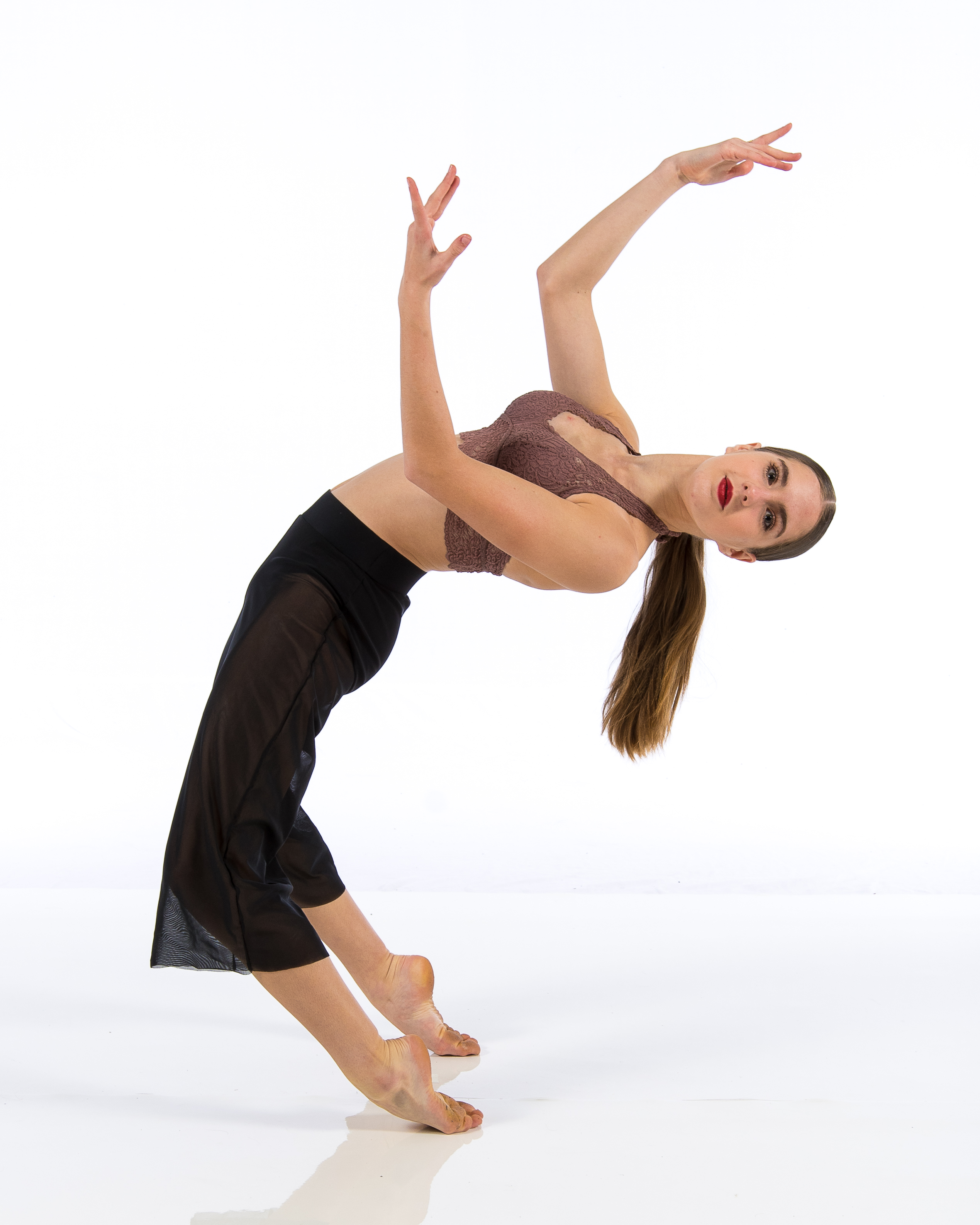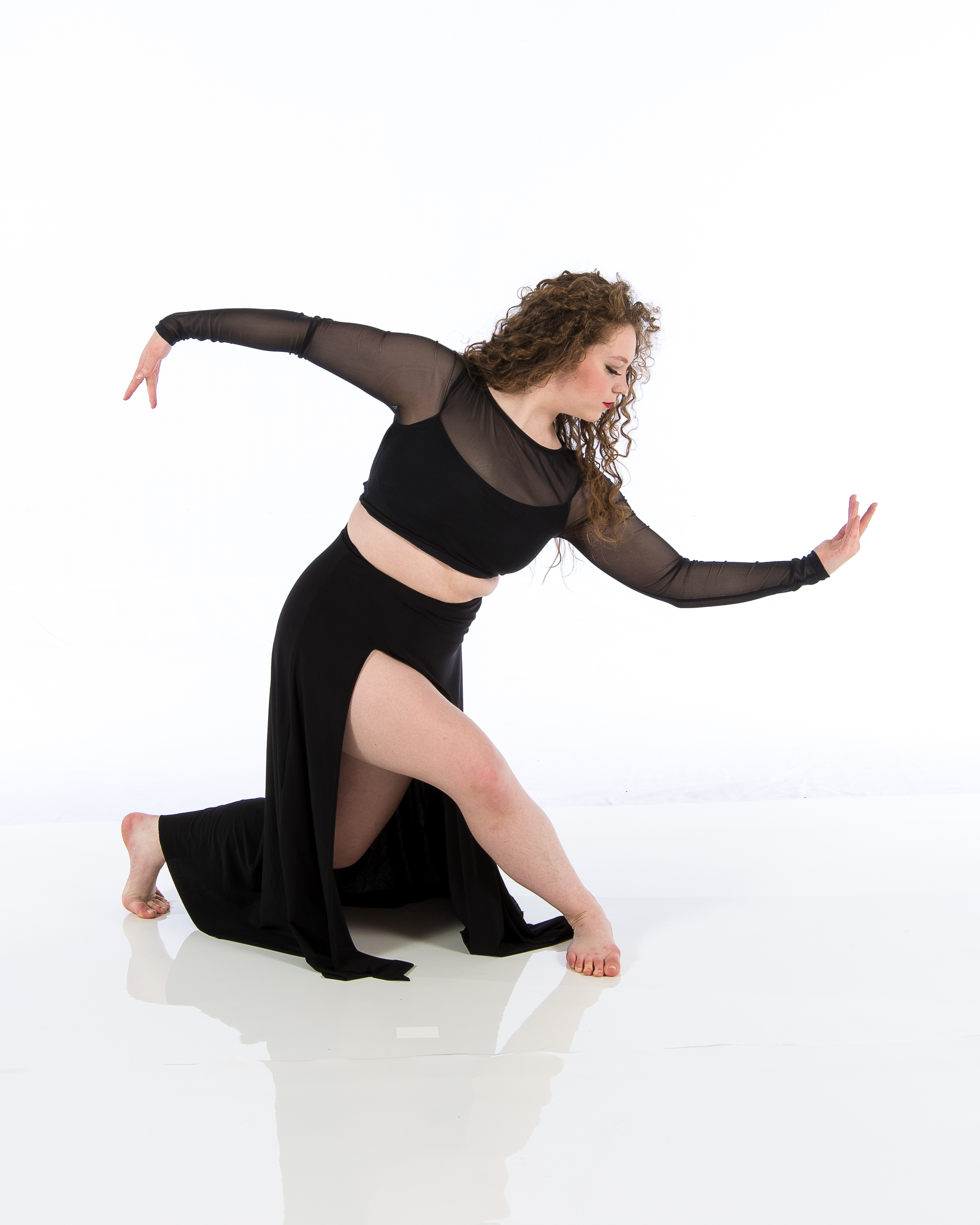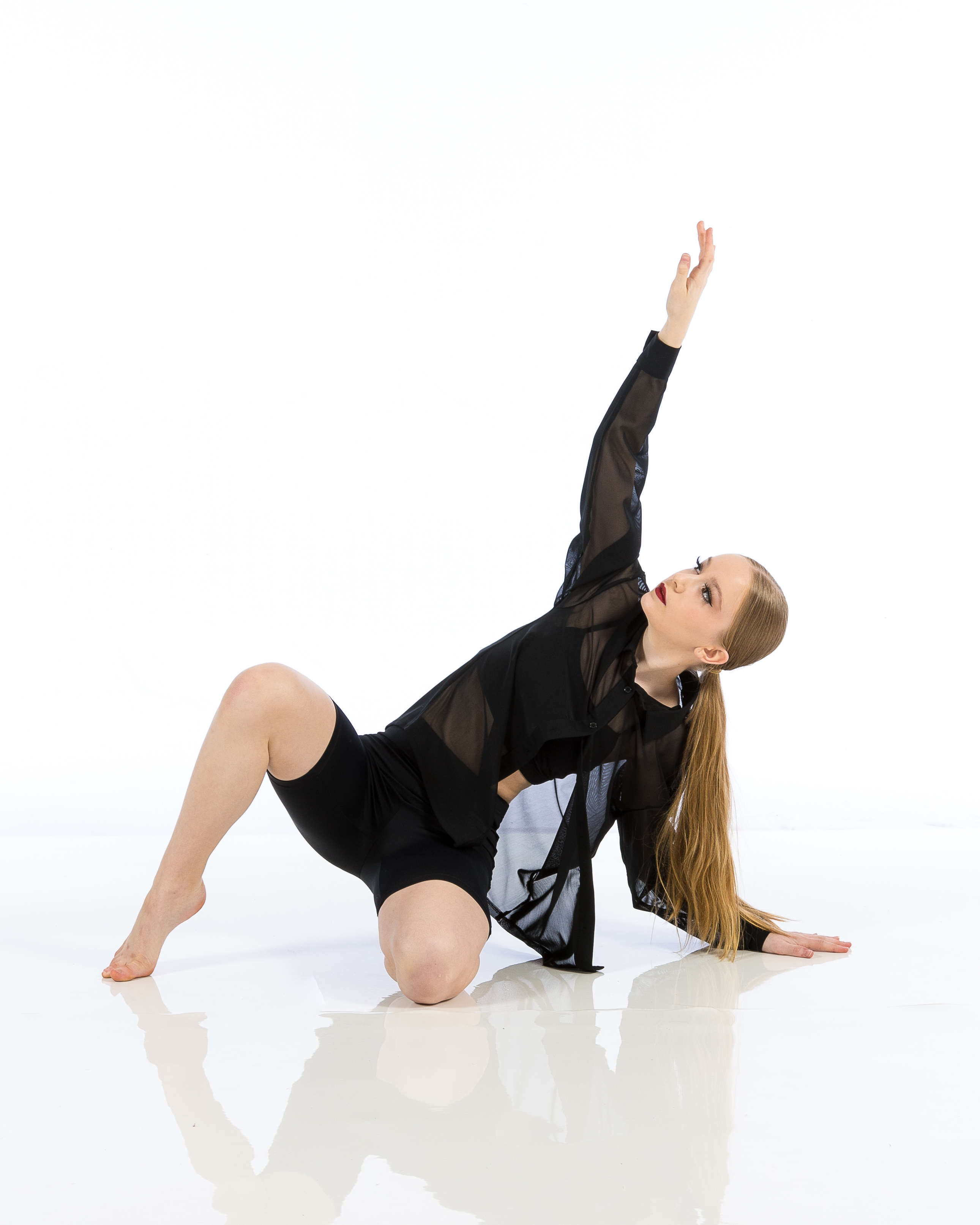Introduction
In the vibrant world of dance, where expression meets art, choreographers hold a unique position as the creative architects of movement. The significance of their work becomes especially palpable during dance showcases, where every leap, turn, and gesture is infused with intention. This article delves into choreographers' perspectives on creating meaningful work for showcases, shedding light on their inspirations, methodologies, and the impact they aim to achieve.
Dance showcases serve not only as a platform for talent but also as a space to convey narratives that resonate with audiences. But what does it take to create choreography that leaves an imprint? How can choreographers ensure that their work speaks volumes within the limited time frame of a performance? Join us as we explore these essential questions and more.
Choreographers' Perspectives on Creating Meaningful Work for Showcases
Creating meaningful work requires a blend of artistry, technique, and emotional depth. Choreographers often draw from personal experiences or societal issues to craft pieces that evoke thought and feeling. This section discusses how choreographers approach their craft with both passion and purpose.

Understanding the Audience: A Key Factor in Dance Showcases
Who are you dancing for? Understanding your audience is crucial. Choreographers must consider who will be watching their work—whether it's fellow dancers, instructors, or a general audience. Tailoring performances to resonate with specific demographics can enhance emotional connections.
The Role of Storytelling in Dance
Why is storytelling vital in dance? At its core, dance is about communication. Choreographers often weave narratives into their performances to engage viewers more deeply. By using movement to tell stories—be it through character development or abstract concepts—they create relatable experiences.
Types of Narratives: Personal vs. Universal Themes
- Personal Stories: Many choreographers draw inspiration from their lives—love stories, struggles, triumphs. Universal Themes: Themes like loss, joy, or community resonate universally and can touch anyone who watches.
Incorporating Emotion into Movement
Emotion is at the heart of every compelling performance. Choreographers often focus on translating feelings into movement vocabulary:
- Facial Expressions: Small nuances can significantly impact how emotions are conveyed. Body Language: The way dancers hold themselves can express confidence or fragility.
Collaborative Efforts in Choreography
Collaboration between dancers and choreographers enhances creativity. Dancers bring unique interpretations to movements which can lead to unexpected outcomes:
- Workshops: These are excellent platforms where ideas flow freely. Feedback Sessions: Constructive criticism helps refine works-in-progress.
Choosing Music That Resonates
Music selection plays a pivotal role in setting the tone for dance showcases. The rhythm and mood of the music guide the choreography:
Lyric-Based Choices: Selecting songs with powerful lyrics can deepen emotional engagement. Instrumental Tracks: Often allow more freedom for interpretation.The Process of Synchronization
Synchronizing movement with music isn’t merely technical; it's an artistic endeavor:
- Timing must align perfectly. Emotional crescendos in music should mirror choreography peaks.
Exploring Movement Styles
Diverse movement styles enrich choreographic possibilities:
- Ballet offers precision and grace. Contemporary allows for expressive freedom.
Each style brings its own set of challenges and opportunities when crafting meaningful pieces.
The Importance of Rehearsal in Crafting Showcases
How much rehearsal is enough? A common question among dancers! Rehearsal not only perfects movements but creates familiarity among performers:
Building Trust: Dancers need to trust each other’s abilities. Refining Techniques: Consistent practice hones skills over time.Evaluating Success Post-Showcase
After a performance concludes, how do choreographers measure success? Feedback from audiences and peers plays a significant role:
Components of Evaluation
| Component | Description | |--------------------|-------------------------------------------------| | Audience Reaction | Immediate feedback from attendees | | Self-reflection | Personal insights into what worked or didn’t | | Peer Reviews | Dance Showcase in Newberg Insights from fellow artists |
Frequently Asked Questions (FAQs)
1. What inspires choreographers when creating new works?
Choreographers draw inspiration from various sources such as personal experiences, current events, literature, music, and even conversations they have with others around them.
2. How long does it typically take to create a piece for a showcase?
The timeline varies widely based on complexity; however, many choreographers spend weeks or even months refining their pieces before showcasing them.
3. Do all showcases require a theme?
Not all showcases require themes; however, having one can provide cohesion among different pieces and help audiences connect the performances together.
4. How important is dancer input during creation?
Dancer input is crucial! Their physicality and interpretation can lead to innovative ideas that enrich the final product.

5. Can technology play a role in choreography?
Absolutely! Technology—from lighting design to video projections—can enhance storytelling within performances significantly.
6. What advice do experienced choreographers give newcomers?
Many seasoned professionals advise newcomers to remain open-minded while continuously learning about various styles and always staying true to their artistic vision.
Conclusion
Choreography is an intricate tapestry woven from emotion, technique, collaboration, and storytelling—all elements vital for creating meaningful work for dance showcases. As we’ve explored throughout this article on "Choreographers' Perspectives on Creating Meaningful Work for Showcases," the process involves deep reflection not only on personal artistry but also on how best to communicate with audiences through movement.

In essence, every dancer has the capacity to touch hearts and provoke thoughts through well-crafted performances that reflect genuine human experiences—a testament that resonates far beyond the stage lights shining down during any showcase event.
This article encapsulates various aspects surrounding the creation of impactful dance works while addressing key components critical to understanding choreographic intentions during showcases!